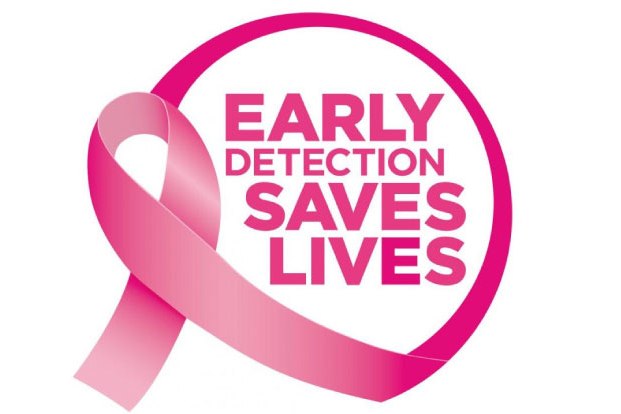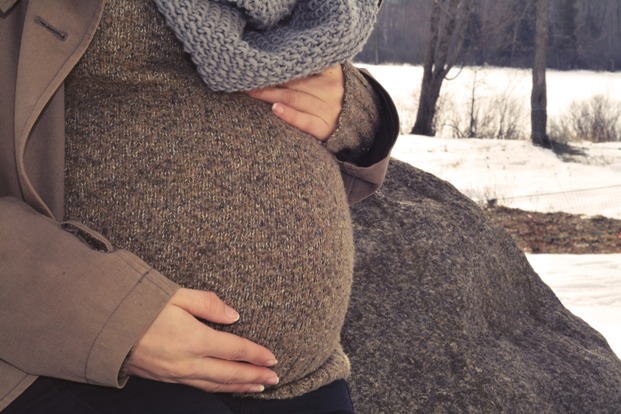Categories
- Bariatric Surgery (11)
- Black Fungus (5)
- Bone Marrow transplant (3)
- Brain Tumor Surgery Navigation Technology (20)
- Cardiac Surgery (66)
- Cardiology (97)
- Computer navigation technology for joint replacements (20)
- Covid Vaccination (17)
- Critical Care (2)
- Dental (19)
- Dermatology (31)
- Dialysis Support Group - “UTSAAH” (11)
- Dietitian (33)
- Emergency Medicine (4)
- Emotional Health (11)
- Endocrinology (33)
- ENT (20)
- Gastroenterology and GI Surgery (53)
- General and Laparoscopic Surgery (21)
- General Surgery (4)
- Gynecology & Obstetrics (183)
- Hematology (20)
- Internal Medicine (294)
- Kidney Transplant (50)
- Kidney Transplantation (20)
- Lung Cancer (8)
- Minimal Invasive Surgery (1)
- Mother & Child (20)
- mucormycosis (5)
- Nephrology (61)
- Neurology (147)
- Neurosurgery (68)
- Nutrition and Dietetics (107)
- Omicron Variant (1)
- Oncology (288)
- Ophthalmology (10)
- Orthopaedics & Joint Replacement (86)
- Paediatrics (59)
- Pediatric Nephrology (3)
- Physiotherapy (5)
- Plastic & Reconstructive Surgery (6)
- Psychiatry and Psychology (90)
- Psychologist (28)
- Pulmonology (72)
- Rheumatology (13)
- Spine Services (21)
- Transradial Angioplasty (16)
- Urology (84)
Query Form
Posted on Apr 19, 2022
5 Most common types of Cancers in Women
Cancers that most often affect women are breast, endometrial, lung, cervical, skin, colon and ovarian cancers. Knowing about these cancers can help prevent them or find them early.
BREAST CANCER:
It is the most common cancer in women. It can occur at any age, but the risk goes up as get older. Some women may have a greater chance of having breast cancer than others. But every woman should know about breast cancer and what can be done about it. The American Cancer Society recommends the following for breast cancer early detection:
- Women ages 40 to 44 should have the choice to start annual breast cancer screening with mammograms if they wish to do so.
- Women age 45 to 54 should get mammograms every year.
- Women 55 and older should switch to mammograms every 2 years or can continue yearly screening.
Some women at high risk for breast cancer– because of their family history, a genetic tendency should be screened with MRIs along with mammography. BRAC1/ BRCA2 testings are other option.

CERVICAL CANCER:
Cervical cancer occurs in women who have had the human papillomavirus (HPV). This virus is passed during sex. Cervical cancer is also more likely in women who smoke, sex workers, have HIV or AIDS, have poor nutrition, and who do not get regular Pap tests.
A Pap test is screening test which can find changes in the cervix that can be treated before they become cancer. It is also very good at finding cervical cancer early when it can often be cured. The recommends given for Pap smear tests are the following:
- Cervical cancer testing should start at age 21.
- Women between ages 21 and 29 should have a Pap test done every 3 years.
- Women between the ages of 30 and 65 should have a Pap test plus an HPV test (called “co-testing”) done every 5 years. This is the preferred approach.
- Women over age 65 who have had regular cervical cancer testing in the past 10 years with normal results should not be tested for cervical cancer. Once testing is stopped, it should not be started again. Women with a history of a serious cervical pre-cancer should continue to be tested for at least 20 years after that diagnosis, even if testing continues past age 65.
- A woman who has had a total hysterectomy (removal of her uterus and her cervix) for reasons not related to cervical cancer and who has no history of cervical cancer or serious pre-cancer should not be tested.
- A woman who has been vaccinated against HPV should still follow the screening recommendations for her age group.
OVARIAN CANCER:
Ovarian cancer is more likely to occur in older women. Certain women are more prone to have ovarian cancer are: women who have never had children, who have unexplained infertility, who have used estrogen alone as hormone replacement therapyor who had their first child after age 30 may be at increased risk for this cancer. Women with a personal or family history of hereditary non-polyposis colon cancer (HNPCC), ovarian cancer, or breast cancer are more likely to have this disease.
At present, no standard protocol for screening of ovarian cancer. One should see a doctor if any of these symptoms presents for more than a few weeks:
- Abdominal (belly) swelling
- Digestive problems (including gas, loss of appetite, and bloating)
- Abdominal or pelvic pain
- Feeling like you need to urinate (pee) all the time
A pelvic exam should be part of a woman’s regular health exam. In high-risk group, the 2 tests used most often to screen for ovarian cancer are a transvaginal ultrasound (TVUS) and the CA-125 blood test.
ENDOMETRIAL CANCER:
Endometrial cancer occurs most often in women age 55 and older. Taking estrogen without progesterone and taking tamoxifen for breast cancer treatment, an early onset of menstrual periods, late menopause, a history of infertility, or not having children or to lower breast cancer risk can increase a woman’s chance for this cancer. Women with a personal or family history of hereditary non-polyposis colon cancer (HNPCC) or polycystic ovary syndrome (PCOS), or those who are obese are also more likely to have endometrial cancer.
All women should be told about the risks and symptoms of endometrial cancer whenever there is unusual spotting or bleeding not related to menstrual periods should have histopathology of the endometrium. The women who have or are likely to have hereditary non-polyposis colon cancer (HNPCC) be offered yearly testing with an endometrial biopsy by age 35.
5. COLON CANCER: Most colon cancers are found in people age 50 or older. People with family history of this cancer, or who have polyps in their colon or rectum, or those with inflammatory bowel disease are more likely to have colon cancer. Being overweight, eating a diet mostly of high-fat foods, smoking, and being inactive can make a person more likely to have this cancer.
Colon cancer almost always starts with a polyp. If pre-cancerous polyps are removed, colon cancer can be prevented. For people at average risk, it is recommended to get one of the following tests, starting at age 50:
- Yearly guaiac-based fecal occult blood test
- Stool DNA test (sDNA), every 3 years*
- Colonoscopy every 10 years
- Flexible sigmoidoscopy every 5 years*
* If the test is positive, a colonoscopy should be done.



